Fall is the perfect time to tackle home improvement projects that can save you money and keep you comfortable in the cold snaps. These 12 simple fix-ups are a great place to start. From insulation and roofing to windows and HVAC, they’re less expensive than you think and can give you a significant return on investment.
1. Beef Up Insulation in an Unfinished Attic

Insulation reduces heat loss and cuts down your energy bills if it’s done right. As fall comes around, check your insulation levels. Mike Rogers of GreenHomes America recommends increasing them to R-49 or even R-60 for most areas of the country. That could net you up to 10 percent savings on electric costs.
If your insulation is level with or below the ceiling joists, add loose fiberglass or cellulose—even over existing batts—with a rented blower. Wear a dust mask and goggles to protect yourself, and make sure the material is well-distributed with no low spots. “Even a small gap greatly undermines performance,” says Rogers.
2. Add Storm Windows
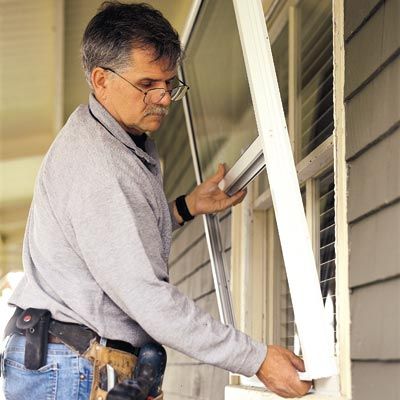
Old single-pane windows are notorious for air leaks, leading to chilly drafts in winter. Sure, you can try a temporary insulator kit, but triple-track storm windows can last longer, dramatically reduce air infiltration, and protect those lovely wavy-glass panes from the elements. They cost a fraction of what new windows cost, and can lead to energy savings of 13 percent. If you add a Low-E coating, the savings could go up to 21 percent.
Measure carefully to determine if standard-size storms will work or if you need to custom order. When you’re ready to install, position the unit in the window opening to check fit. Clean the window’s exterior frame and trim, and apply a bead of elastomeric caulk on the back of the storm’s surrounding fins, at the top and sides. Don’t caulk the bottom of the storm, since moisture needs to drain through the pre-drilled weep holes.
Position the storm in the frame, pushing it up snugly at the top, and secure it with screws. Adjust the bottom extender bar to rest on the sill.
Storm Window How-To

A. Caulk the storm’s side and top fins, but not the bottom.
B. Insert the unit inside the window frame.
C. Secure the storm’s fins to the frame by driving in screws around the unit’s perimeter.
D. Tap down the storm’s extender bar.
3. Button Up Interior Doors to the Basement and Garage
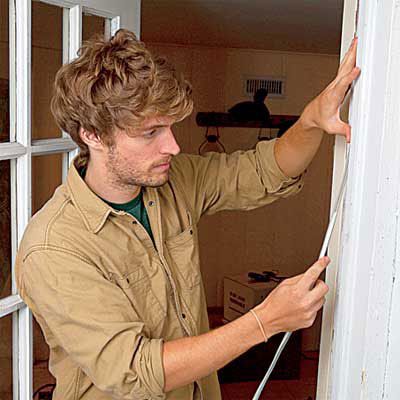
It’s not just the front and back doors that you need to worry about. Cold air can also enter the house through gaps around any door leading to an uninsulated space, such as a garage or basement.
It’s an easy fix. Simply add weatherstripping to the top and sides, and an inexpensive door sweep to the bottom. It only costs half an hour of your time, and you can reduce cold air infiltration by as much as 11 percent. This Old House general contractor Tom Silva recommends a wood sweep you can stain or paint to match the door. An attached nylon brush follows the contours of carpets and irregular floors.
Sweeps usually need to be cut to size, so measure the width of the door first. To insulate the top and lock-side jambs, use peel-and-stick high-density foam tape or nail-on vinyl gaskets. For the hinge-side jamb, a premium adhesive-backed strip made of EPDM rubber will keep its shape for years.
Door Weatherstripping How-To
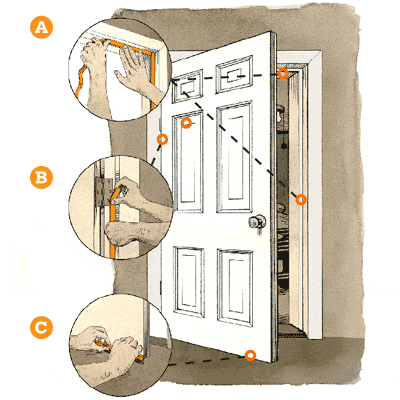
A. Apply peel-and-stick or nail-on strips to the door stops on the top and lock-side jambs.
B. Use a peel-and-stick rubber strip for the hinge-side jamb.
C. Secure a brushed sweep at the bottom of the door.
4. Seal Exhaust Vents

Exterior vents, especially those for clothes dryers or whole-house fans, can allow heated air to escape and cold air to enter your home. Sealing these vents can prevent up to 4% of your home’s heated air from escaping.
Swap your dryer’s louvered or metal flapper-style vent for a dryer vent seal, which consists of an elbow pipe topped with a plastic cap and shuttle. When the dryer is in use, the floating shuttle beneath the hood rises to let warm air, lint, and moisture escape. When not in use, the shuttle drops down to seal the hole and prevent drafts.
For a whole-house fan, construct a simple box-shaped cover out of rigid foam insulation (use foil-type duct tape for the seams) to enclose the fan during cold months, when it’s not in use. From inside the house, fit the cover over the fan, and secure it to the frame with adhesive-backed Velcro strips. Just remember to remove the cover before switching on the fan in the spring.
This kind of DIY cover can also help insulate in-wall or window air-conditioning units that are left in year-round.
5. Remove Aggressive Vines

Vines growing on your home’s exterior can cause significant damage to brick, stone, and wood siding. They can also pull lime from mortar, hold moisture against walls, and even push apart wood clapboards.
“Pull all the vines off, working from the top down. Cut them at the base, and dig out the roots,” says This Old House landscape contractor Roger Cook. To remove any residue left behind on wood siding, do a quick pass with an orbital sander. Come spring, paint an herbicide on any new growth.
You’ll avert spending up to $25 per square foot for professional mortar repointing. For wood houses, removing the vines could also help you dodge spending thousands on residing and rebuilding a rotted clapboard wall.
6. Install a Solar Roof-Vent Fan
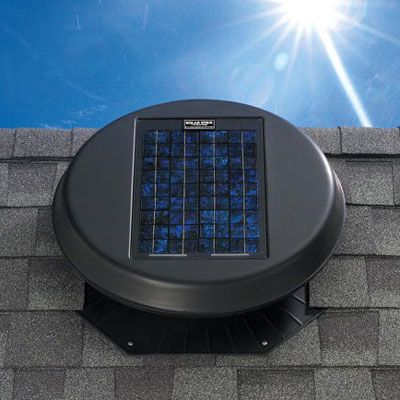
In winter, trapped heat can melt snow on the roof. That snow then refreezes to clog gutters with ice. Water runoff from the roof gets trapped by the dam, backs up the roof, travels under the shingles, and leaks into the house.
It’s a nasty problem, but one that’s easily prevented. “The trick is to keep the top and underside of the roof the same temperature,” says Tom Silva. One way to do that in unfinished attics is with a solar roof-vent fan that draws in cold outside air through existing soffit or gable intakes and exhausts warm air built under the roof. The fan also saves you money in summer by cooling the attic so your air conditioner doesn’t have to work as hard.
Solar Roof-Vent Fan How-To

Start by hammering a nail through the underside of the roof to mark the fan’s location. The nail should be halfway between two rafters and close to the top of the roof.
A. Make a compass out of a wood strip with a screw in each end, and etch a circular template on the shingles where the fan will go.
B. Cut through the shingles and underlayment to reveal roof sheathing. Mark a second, smaller circle and make the fan cutout using a reciprocating saw. Remove shingles around the cutout so that the fan’s flashing will overlay the roof sheathing.
C. Caulk around the cutout with a tri-polymer roof sealant.
D. Position the fan, and secure it with screws. Follow with a bead of caulk along the fan’s flashing. Reinstall the shingles.
7. Replace Damaged Asphalt Roof Shingles
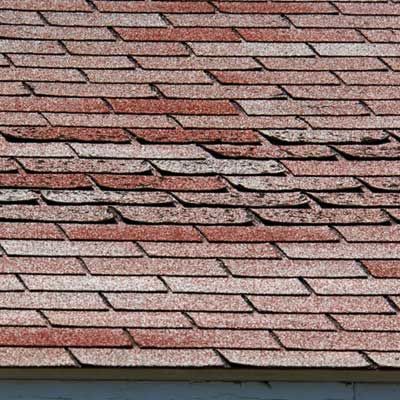
Many leaks are caused by a broken shingle or a rusted nail that allows a shingle to slip out of place. A drip now can become a flood later, and the last place you want to be on a frigid winter day is on the roof.
Spot damage from the ground using binoculars, or get a closer look from a ladder at the eaves. Use a pry bar on the roof to loosen the shingles above the broken one. Then pry out the nails holding the damaged shingle to remove it. Slip in a new shingle that’s the same width, and secure it with nails.
Catching a leak before it happens can save you a few hundred dollars in ceiling or wall repair, and several thousands for professional mold remediation.
8. Patch Cracks in the Driveway
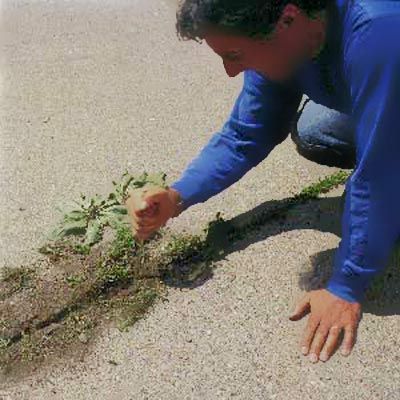
When exposed to snow and ice, small fissures and holes in asphalt driveways can quickly expand into large gaps and potholes. Patching these cracks in fall can prevent more extensive damage and costly repairs.
Wait for a mild day since tar-like asphalt repair products work best when they’re pliable. Clean out loose debris in the hole, and make sure the surface is dry. Using a caulk gun, inject a sealant into the opening. A wood craft stick will help you tamp the sealant level.
This is a simple job that could save you $3 to $6 per square foot in driveway resurfacing costs.
9. Lengthen Stubby Downspouts
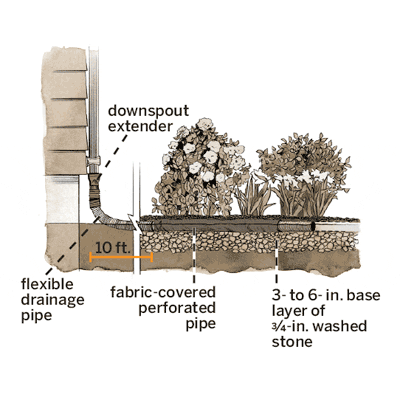
Heavy winter rain can cause pooling near your home’s foundation if your downspout kick-outs are too short. That water can then infiltrate the foundation and be wicked up the side of the house, wreaking havoc along the way in the form of mold, insects, or rot. Telltale signs may be a wet spot in your basement after a rain or widening cracks in the foundation.
Attach a flexible downspout extender connected to a drainage pipe buried just below grade. The pipe should direct water at least 10 feet from your home’s foundation.
Rather than sending that diverted water into a dry well or losing it to the storm drain, put it to work by attaching another length of perforated pipe, wrapped in landscape fabric, that’ll disperse the water to feed your flower beds. To allow for proper drainage, lay the perforated pipe on a 3- to 6-inch bed of washed stone.
Extending your downspouts can save you tens of thousands of dollars on jacking up the home to replace a rotted main beam. That doesn’t include the additional thousands it costs to repair damaged joists.
10. Quick Change: Screw in LED Exterior Bulbs
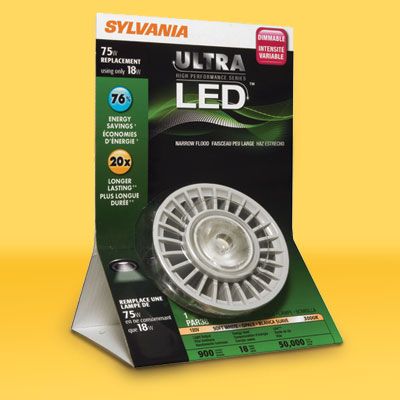
As days get shorter, outdoor lighting becomes a must. Replace burned-out incandescent bulbs with LED alternatives. They’re a bit pricier upfront but use 75% less energy and can last many years. They can also withstand harsh weather conditions better than traditional bulbs.
11. Quick Change: Set, Then Forget, the Thermostat

It’s human nature to fiddle with the temperature on an unusually hot or cold day. But overriding the pre-sets on a programmable thermostat wastes energy and reduces the technology to an old-school rotary dial. Achieve peak performance and save up to $180 per year in heating and cooling costs by keeping the temperature fixed for at least eight hours at a time, such as while you’re asleep.
12. Quick Change: Flush the Water Heater

Sediment build-up displaces water and prevents the heater from operating at full capacity. By flushing the tank once a year, usually before winter, you won’t waste cash by heating this gunk. Start by turning off the heater and letting the tank cool, then shut off the water supply. If gravity is on your side, connect a hose to the drain cock and run it to a floor drain. If you don’t have a drain, send the water to a sink or bucket using a drill pump (an attachment that will suction water out of the heater). Draining 3 gallons is usually enough, but you may have to fill and flush a few times until the water’s clear.
